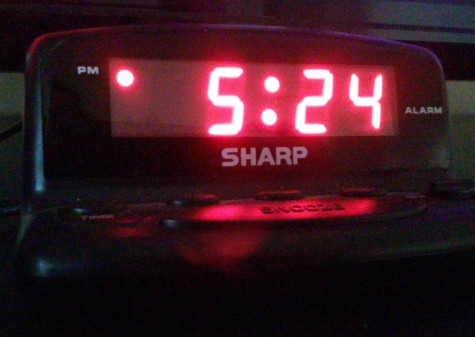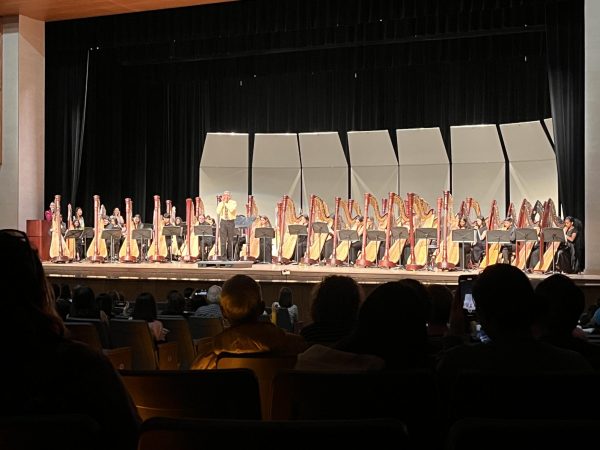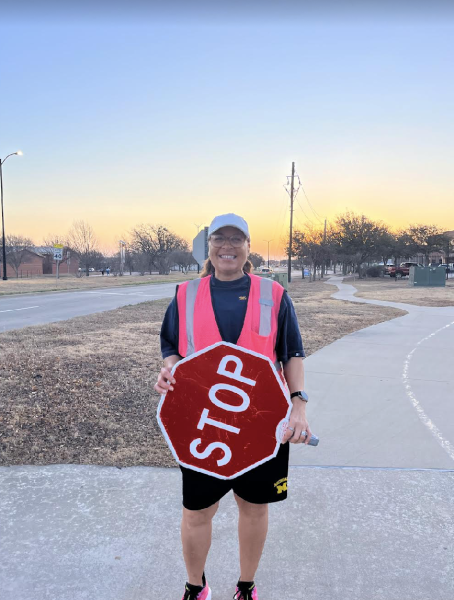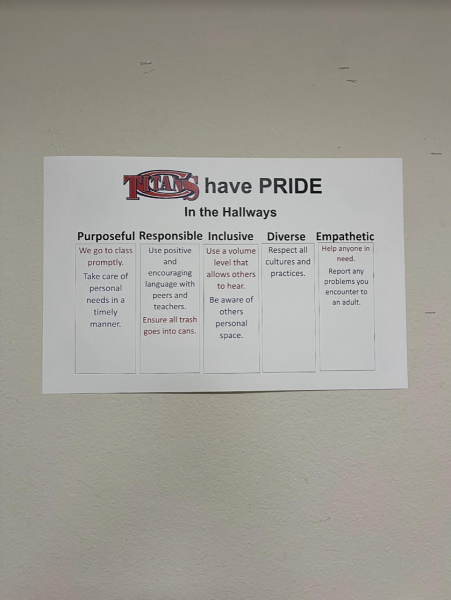Springing Forward
March 10, 2016
Titans, it’s that time of year again! We’re all about to get hit with an extra hour of daylight (more time to do homework) and docked one hour of sleep from our already sleep-deprived lives. Daylight Saving (not savings) Time begins at 2:00 AM this coming Sunday and ends at 2:00 AM on Nov. 6. But other than making us late to school because we forgot to set our clocks ahead one hour, few people know the reason behind this event that graces our calendars and messes up our sleep schedules.
Daylight Saving Time (DST) holds the purpose of making better use of daylight and conserving energy. According to vpcalendar.net, the idea first began when United States founding father Benjamin Franklin joked about waking up earlier to economize candle usage.Though in favor of maximizing daylight waking hours, Benjamin Franklin did not originate the idea of moving clocks forward. Rather it was Englishman William Willett who led the first campaign to implement Daylight Saving Time.
In 1916, Germany became the first country to enact Daylight Saving Time to conserve electricity by minimizing the use of artificial lighting in order to save fuel for World War I. According to history.com, in the United States, DST was first introduced in 1918 when President Woodrow Wilson signed it into law to support the war effort. Only seven months later, the seasonal time change was repealed. However, some cities, including Pittsburgh, Boston, and New York, continued to use it until President Franklin D. Roosevelt instituted year-round DST in the United States in 1942.
Daylight Saving Time in the United States was not intended to benefit farmers, as many people think. Contrary to popular belief, American farmers did not lobby for daylight saving to have more time to work in the fields; in fact, the agriculture industry was deeply opposed to the time switch when it was first implemented. The sun, not the clock, dictated farmers’ schedules, so daylight saving was very disruptive.

However, not everyone in the United States springs forward and falls back, as it is ultimately the state’s decision whether or not to implement DST. Hawaii and Arizona—with the exception of Arizona’s Navajo Nation—do not observe Daylight Saving Time.
Daylight Saving Time is now in use in over 70 countries worldwide and affects over a billion people every year. Since their daylight hours don’t vary much from season to season, countries closer to the equator have little need to deviate from standard time.The beginning and end dates vary from one country to another.
Still, evidence does not conclusively point to energy conservation as a result of daylight saving, possibly defeating its purpose. According to CNN, a United States Department of Transportation study in the 1970s concluded that total electricity savings associated with Daylight Saving Time amounted to about one percent in the spring and fall months. As air conditioning has become more widespread, however, more recent studies have found that cost savings on lighting are more than offset by greater cooling expenses. Some also argue that increased recreational activity during daylight saving results in greater gasoline consumption.
According to CNN, springing forward and falling back can also be rough on our health. A 2012 British study found kids got more exercise during the longer summer day. Then again, researchers at the University of Alabama Birmingham reported in 2012 that the spring adjustment led to a 10% increase in heart attack risk. However, that same study found the risk fell about as much in the fall, when clocks were turned back. The clock changes can also raise the risk of accidents by sleep-deprived motorists. The New England Journal of Medicine published a study in 1996 reporting an 8% increase in traffic accidents on the Monday following the spring shift.
These days, it seems fewer and fewer of us think resetting our clocks is worth the trouble. A 2014 Rasmussen poll found that a declining percentage of adults in the United States –33%– think Daylight Saving Time is “worth the hassle.” That’s down from 37% in 2013 and 45% the year before. Efforts to kill off Daylight Saving Time are nearly as old as the time shift itself, and even today, some are trying to get it repealed.
Whether you’re pro or con Daylight Saving Time, as school starts again, store spring break in your mental deposit of good but distant memories, set your clocks an hour ahead and be careful driving Monday morning (if you wake up in time). Enjoy your extra hour of daylight and the fact that the clock in your car will finally be right again (the glass is half full, don’t think about the sleep!), and remember what this is a sign of– summer’s almost here.













